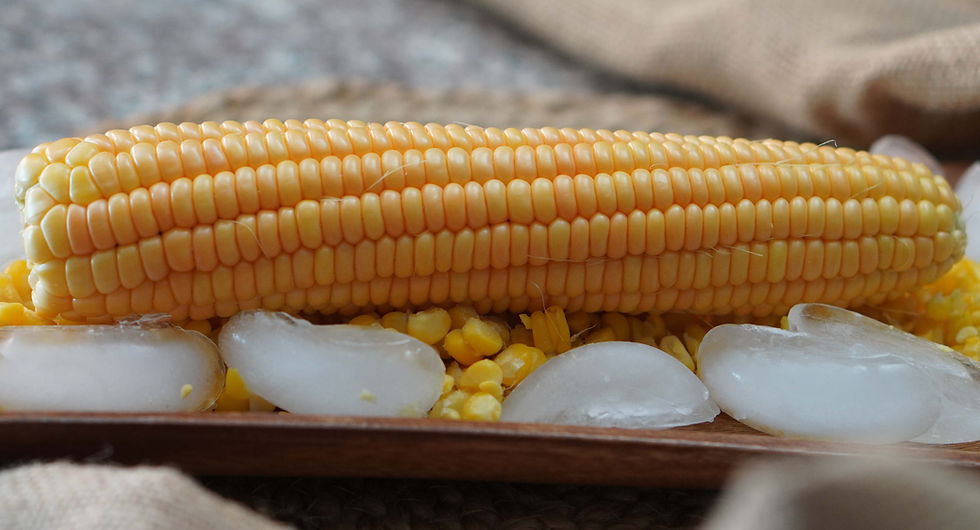Measuring Headspace
- Marie Overton

- Sep 2, 2022
- 3 min read
Updated: Nov 25, 2024
Measuring Headspace – As a general rule: Leave 1-inch headspace for low-acid foods, vegetables, and meats. Leave 1/2-inch headspace for high-acid foods, fruits, and tomatoes. Leave 1/4-inch headspace for juicers, jams, jellies, pickles, and relishes.
What is headspace in canning?
Headspace refers to the empty area left between the top of the jar’s contents and the top of the jar. Properly measuring headspace allows for an airtight seal when canned goods are processed properly, which prevents spoilage and contamination by bacteria.
Too much, or too little headspace may affect the safety, shelf life, and quality of your food, so you want to get it just right!
Headspace is one of the most important factors in canning, but it’s also one of the most misunderstood.
What happens if you do not have enough headspace? When this happens, you risk the chance of the food boiling over during processing. This results in food residue getting under the lid and preventing a proper seal which invites in bacteria or promotes mold growth. Plus, the extra food spurting out can make a huge mess.
What happens when you leave too much headspace? The extra air at the top isn’t sufficiently released during processing. This results in an improper seal which again provides room for the growth of bacteria. Sometimes if there’s too much headspace, the top portion of the food becomes discolored and might develop a bad odor.
2 methods to measure canning headspace:
First Method: Using a Headspace Measuring Tool
To measure your headspace using the headspace measuring tool, use the “steps” or ridges in it. Each step indicates a different measurement which correlates with 1/4 inch increments reaching all the way to 1 inch.
Using the headspace measuring tool is quite simple. Place the appropriate measuring ridge on the rim of your jar. The bottom edge of the headspace tool should just meet the top of the food line.
Second Method: Using the Jar Rim Ridges
When you become a more experienced canner, it’s acceptable to estimate headspace. To aid in this, use the jar’s threads.
Turn your jar so you can see all three threads. The first thread (the one closest to the jar rim) is where the 1/4-inch headspace mark is. The middle thread indicates 1/2-inch. Just below the last thread is the 1-inch mark.
Pop the air bubbles to ensure you have the headspace correct:
Proper headspace in canning is very important to ensure safe canning practices. Part of the headspace measurement process is to ensure you release any air bubbles in freshly packed jars.
During the jar packing process, air often gets trapped between the food pieces as well as between the food and the jar. If air bubbles don’t get released prior to processing, they tend to work their way to the top after the lid is sealed leaving you with too much headspace.
An easy way to release air bubbles is to get a small, narrow wooden or plastic utensil (avoid anything metal as this tends to scratch the jar). An easy tool to use is a wooden chopstick or the reverse side of your headspace measurement tool.
Insert the utensil into the packed food straight down along the inside edge of the jar. Slowly move the utensil around the circumference of the jar until the air is released. Also, insert your utensil down the center of the food and wiggle it a little to ensure the trapped air between the food pieces is released.
It’s important to refill the jar with more food or liquid after air is released to ensure the proper headspace.
How do I know how much headspace to leave?
Headspace Measurements
1/4-inch headspace for jams, jellies, relishes, syrups, and juices.
1/2-inch headspace for fruits and tomatoes when using the water-bath method.
1- to 1¼ inches for low-acid veggies, meat, poultry, and fish using a pressure canner.
























Comments